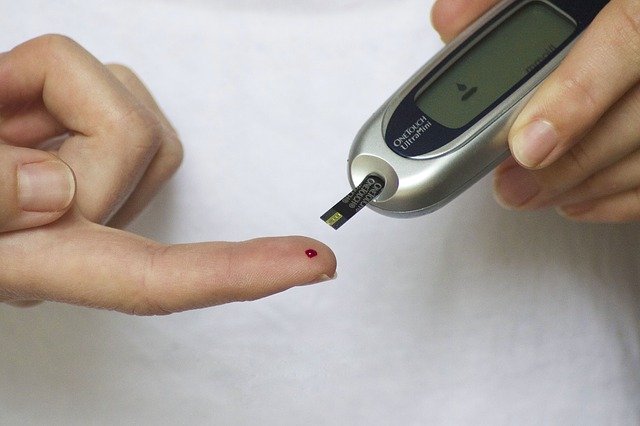
In a new study, researchers found that shift workers are at a much higher risk for sleep disorders and metabolic syndrome, which increases a person’s risk for heart disease, stroke, and type 2 diabetes.
They found night-shift workers are especially prone to developing sleep disorders and metabolic syndrome. The risks increase even more for those who work irregular or rotating shifts.
The research was conducted by a team at Touro University College of Osteopathic Medicine and elsewhere.
About 17.7% of the U.S. labor force works outside the hours of 6 am and 6 pm.
Shift workers are central to the travel, hospitality and e-commerce industries, as well as the 24-hour support needed from nurses, physicians, and first-responders, like police and firefighters.
One study found 9% of night-shift nurses developed metabolic syndrome, compared to only 1.8% of day shift nurses. Other studies have noted that risks gradually increase with accumulated years of shift work.
Working nights disrupt individuals’ circadian rhythm, the body’s internal clock responsible for neural and hormonal signaling.
Once a person’s circadian rhythm is desynchronized from their sleep/wake cycle, they will likely experience disturbances in hormonal levels, including increased cortisol, ghrelin and insulin and decreased serotonin, among others.
The cascade of hormonal changes is what prompts the development of metabolic disorders and causes people to develop multiple chronic conditions.
The team recommends the following measures to prevent serious health issues associated with shift work.
The first essential step for night shift workers is to establish consistent sleeping hours.
Employers can help by eliminating rotating shifts that disrupt sleep patterns even further.
They can also schedule shifts to start before midnight and last no more than 11 hours to help workers adjust and stabilize their new circadian rhythm.
Workers can maximize their rest by following some basic tips:
Sleep in a 7- to 8-hour block every 24 hours, ideally at the same time each day
Schedule the main block of sleep as close to evening or night as possible to minimize circadian disruption
Take an additional nap for 20 to 120 minutes earlier in the day to prevent fatigue
In addition, exposure to light promotes wakefulness in general, so the researchers recommend night shift workers increase their light exposure prior to and throughout their shifts.
Conversely, when coming off shift, workers should minimize their blue light exposure. Blue light is prominent in electronic screens and can delay melatonin production.
Research shows avoiding blue light 2 to 3 hours before sleep can improve sleep quality.
Prior studies have shown shift workers are more likely to eat snacks higher in sugar and saturated fat while consuming less protein and vegetables, and more likely to skip meals.
The team points out that diet is even more critical for people at risk for the metabolic disorder and recommends the following to improve nutrition:
Eat three meals a day at close to the same time each day, with more calories consumed earlier in their wake cycle
Make sure meals and snacks primarily incorporate protein and vegetables
Employers can assist by offering nutritious options in vending machines and break rooms, and by scheduling regular breaks earlier in the shift.
Similarly, exercise plays an outsized role in the health of shift workers and can help reestablish the circadian rhythm.
The team recommends shift workers exercise at a similar time each day, at least 5 hours before they go to bed.
In addition, they should incorporate aerobic exercise into their physical activity, as it has specifically been indicated to improve sleep quality.
The lead author of the study is Kshma Kulkarni, OMS III.
The study is published in The Journal of the American Osteopathic Association.
Copyright © 2019 Knowridge Science Report. All rights reserved.



